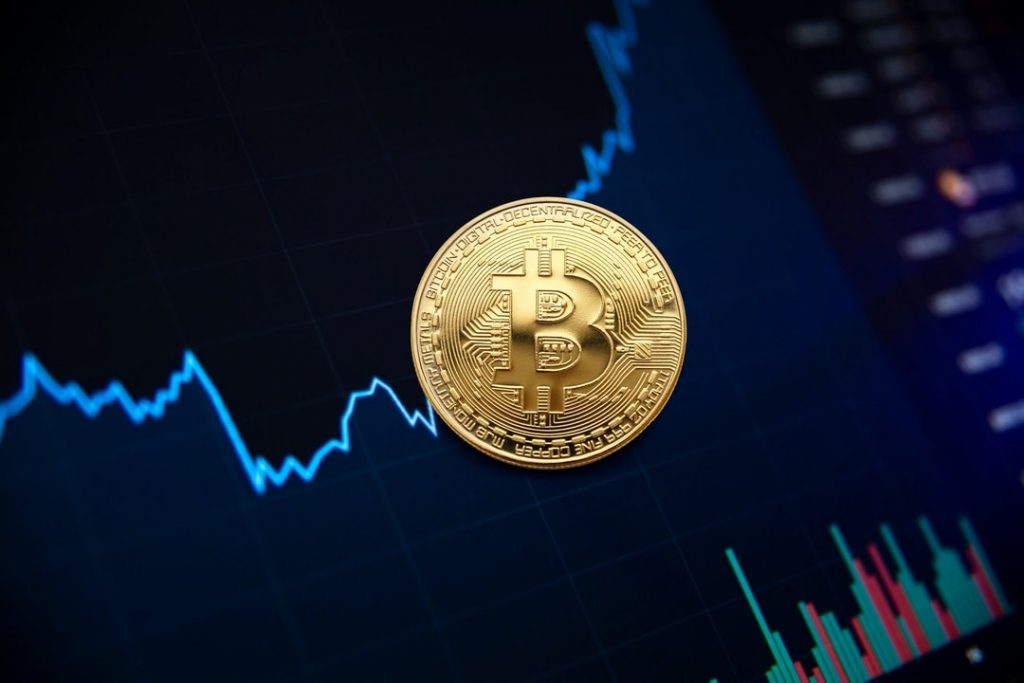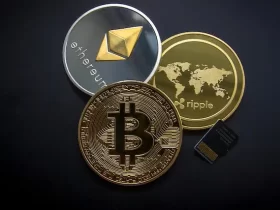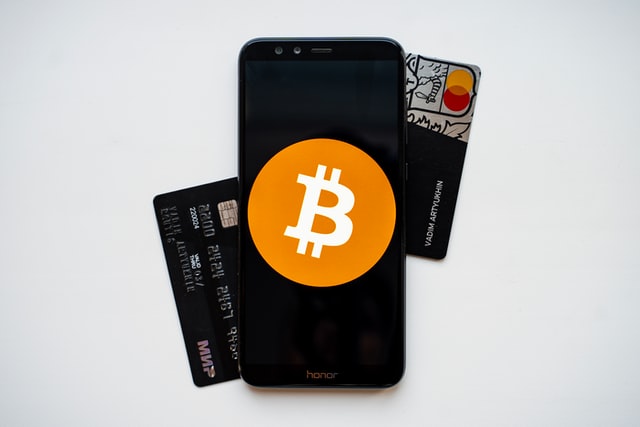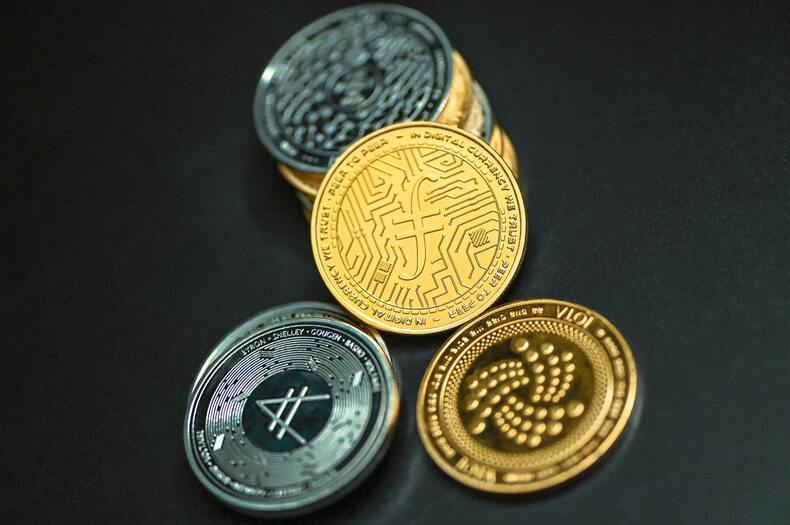As Bitcoin is reaching highs and significant news is exposed daily, it seems like a good moment to examine several common misconceptions and beliefs about Bitcoin.
We will determine whether they are correct and rectify the records.

This article will be pretty valuable for you; if you believe that Bitcoin has no significant value or is too fragile to work out for some.
For getting to the facts about a worthy cryptocurrency, we are sorting reality from myth without ignoring significant risks.
Belief # 1 Bitcoin is a bubble
Some individuals purchase Bitcoin as a speculative bubble with decent returns, that does not imply that Bitcoin is a bubble. Financial revolutions characterized by unrealistic increases in market worth are known as bubbles. When customers understand that values are considerably higher than an investment’s objective value, they finally burst.
Bitcoin is linked to a well-known massive bubble. Investors drove up the price of certain tulip types 26-fold in 1637. That bubble remained six months before collapsing and never rising.
- Reality
Over the past twelve years, Bitcoin has been through several price fluctuations, recovering each time to get to significant highs. Boom and bust phases are inevitable with each technological advance.
For instance, during the conclusion of the dot.com period in the 1990s, Amazon stock plummeted from roughly $100 to only $5, only to rise to be one of the world’s essential corporations in the years that followed.
Bitcoin’s fluctuations follow a pattern that is characteristic of emerging economies. Bitcoin, they claim, will spike and fall with fewer movements and extended times between them until it comes into peace at some time soon. The only way to know for sure is to wait and see.
Belief # 2 Bitcoin has no real-world benefits
Individuals often argue that Bitcoin is not beneficial in the real world or is only for illegal activities. Neither one of those arguments are correct.
Bitcoin has a rich history of being useful. It helps send money to anybody in the world without needing a bank or transaction operator. And investors who invest use it as a jewel investment tool.
- Reality
In current history, Bitcoin has grown in popularity as an asset store of value similar to precious metals. As a tool to enhance the control of their investments, a rising number of significant institutions and publicly listed firms have purchased billions of dollars in Bitcoin.
Bitcoin is a limited resource like gold. You can send Bitcoin securely in the same way that an email gets sent.
In its initial periods on the dark web, Bitcoin drew massive criticism. However, after the first dark-web market was closed down, Bitcoin values spiked and proceeded to rise within only a few weeks.
Belief # 3 Bitcoin does not bear authentic worth
Bitcoin and other current fiat currencies do not secure themselves like a material thing like gold. Bitcoin is designed limited from the start, durable, and resistant to hyperinflation. When massive currencies yield, inflation can happen; weaken the current stock.
- Reality
Only twenty-one million bitcoins will ever exist. We can determine its worth by its rarity. Not only is the amount limited, but the quantity of each Bitcoin produced also decreases in a consistent pattern throughout time.
Block rewards awarded to system miners divide per four years in an event known as a “halving.”
Bitcoin’s value derives from the network’s devices provided through a procedure termed mining. The task of authenticating and safeguarding every payment requires a massive quantity of computational power.
Belief # 4 A competitor will replace Bitcoin
The first real digital currency was Bitcoin. Several cryptocurrencies have claimed to overcome Bitcoin through additional features or other benefits, but nobody has come close.
- Reality
Despite hundreds of competing cryptocurrencies, Bitcoin remains the most precious cryptocurrency.
It is the most famous, representing over 60% of the cryptocurrency industry. Bitcoin’s core design upgrades to include new functions, benefits, or guard a newly found problem; the public might launch a split. Because there is so much advancement in the field, a strong competitor may arise. However, most analysts do not believe that anyone can replace Bitcoin.
Belief # 5 Financing in Bitcoin is gambling
While Bitcoin’s value has fluctuated significantly over the few years, it anticipates a young and promising economy.
Bitcoin’s long-term worth has consistently increased since its blockchain network in 2010, with a valuation of more than $1 trillion. As Bitcoin has grown in popularity, a regulatory framework in nations has aided in attracting massive investments.
- Reality
A Bitcoin owner has a logical reason to assume that the worth of their investments would increase, but at gambling, you know the odds are heavily against you.
There is no guarantee concerning market prospects or outcomes, but Bitcoin’s regression increased over the past few years.
Dollar-cost averages are an investment method for decreasing the effects of market instability, in which you spend a certain amount each week regardless of market performance. In a trendline situation, this technique produces high returns.
Conclusion
We have covered some common beliefs and myths about Bitcoin that are argued in this article. We tried our best to clear the misinterpretations of various individuals.












Leave a Reply